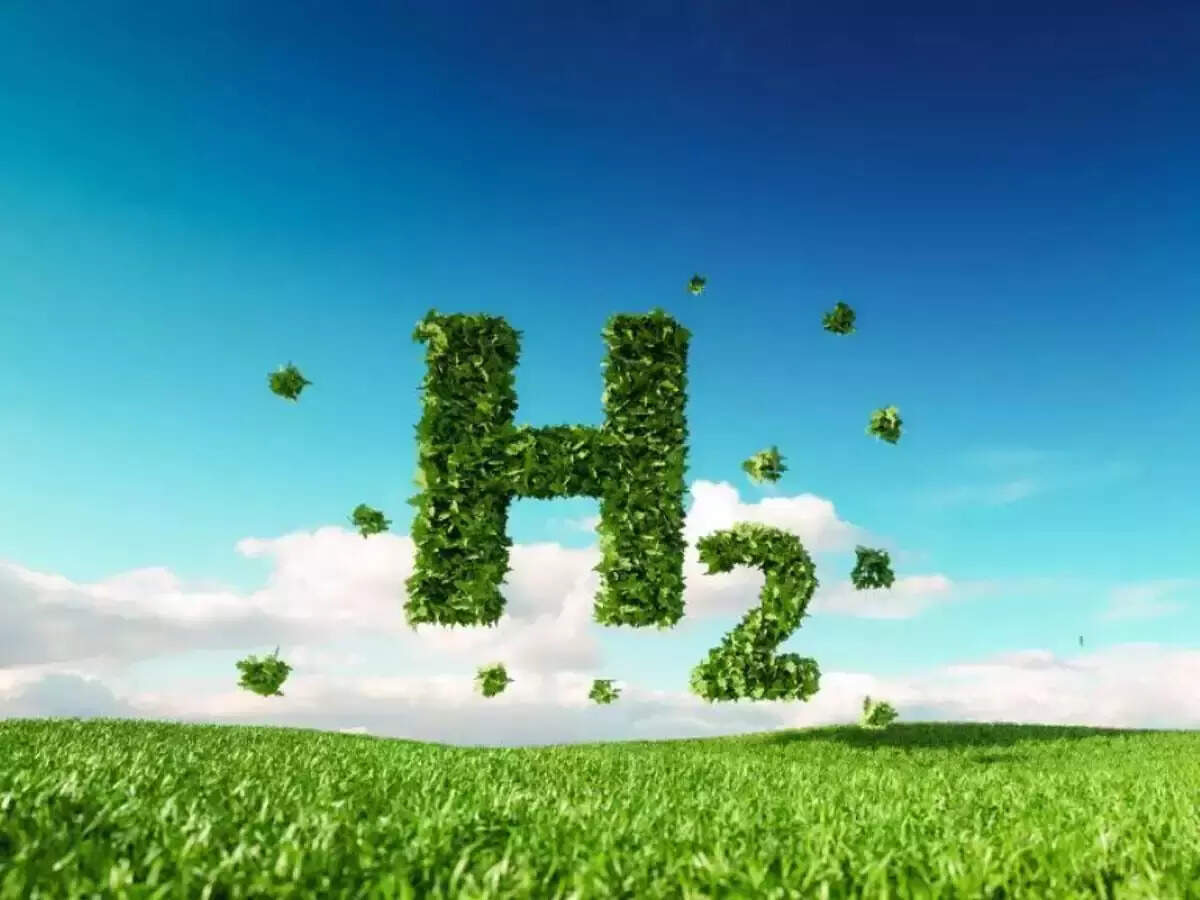
White hydrogen, also known as “natural,” “gold,” or “geologic” hydrogen, is a naturally occurring form of hydrogen found in the Earth’s crust. Its discovery and potential utilisation could play a pivotal role in addressing the climate crisis.
Discovery and significance
According to a report in the CNN, in northeastern France, two scientists, Jacques Pironon and Phillipe De Donato, embarked on a mission to assess the amount of methane in the subsoils of the Lorraine mining basin. Using a specialized probe, they unexpectedly discovered hydrogen concentrations deep underground. Their findings indicated a vast reservoir of hydrogen, potentially one of the largest deposits of white hydrogen ever discovered. “It’s common to find small amounts near the surface of a borehole. But as the probe went deeper, the concentration ticked up. At 1,100 meters down it was 14%, at 1,250 meters it was 20%,” Pironon told CNN.
This discovery has amplified the interest in this form of hydrogen, which is now seen as a potential solution to the climate crisis.
Why White Hydrogen?
Hydrogen, when burned, only produces water, making it an ideal clean energy source. Industries with high energy demands, such as aviation, shipping, and steel-making, could benefit from hydrogen as an alternative to renewables like solar and wind. However, most commercially produced hydrogen is derived from energy-intensive processes powered by fossil fuels. The various types of hydrogen are categorized by colors: “gray” from methane gas, “brown” from coal, and “blue” hydrogen, similar to gray but with captured emissions. The most eco-friendly is “green” hydrogen, produced using renewable energy to split water. However, its production is limited and costly. This is where white hydrogen, a potentially abundant and untapped clean energy source, comes into play.
White hydrogen has several advantages over other types of hydrogen, such as green, grey, brown, or black hydrogen, which are obtained from different sources and methods. White hydrogen:
– Causes no CO2 emissions when used as a fuel
– Is compatible with existing infrastructure and technologies for hydrogen production and utilization
– Is cheaper and more efficient than steam reforming or electrolysis
– Is abundant and renewable in nature
Global interest and discoveries
The interest in natural hydrogen has grown significantly in recent years. For instance, a well in the village of Bourakébougou in Mali, which exploded in 1987 due to high hydrogen concentrations, was later found to be producing gas that was 98% hydrogen. This well has been powering the village for over a decade. Such discoveries have shifted the scientific perspective, leading experts to believe that large accumulations of hydrogen are possible, and they just haven’t been looking in the right places.
Potential and challenges
White hydrogen deposits have been identified worldwide, including in the US, eastern Europe, Russia, Australia, Oman, France, and Mali. Some were discovered accidentally, while others were found by actively searching for them. The potential global reserves could be in the tens of billions of tons, far exceeding the current and predicted annual production rates. However, not all of these reserves may be economically viable to extract.
Startups are capitalizing on this potential. For instance, Australia-based Gold Hydrogen is drilling in the Yorke Peninsula, where high hydrogen concentrations were found in boreholes from the 1920s. Other companies, like Koloma and Natural Hydrogen Energy, have also received significant investments and are actively exploring white hydrogen sources, the CNN report said.
However, challenges persist. Regulatory hurdles in some countries, cost considerations, and the depth required for drilling can impact the viability of white hydrogen extraction. In the Lorraine basin, further drilling is planned to ascertain the exact volume of white hydrogen available.

